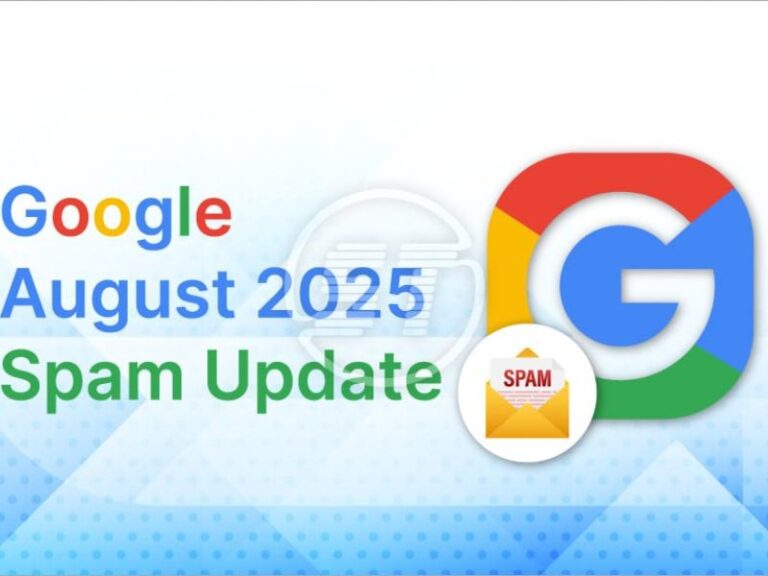In today’s fast-paced digital world, a website isn’t just an online business card—it’s often the first and most important impression you make on potential customers. But just like a car needs regular servicing to run smoothly, your website requires ongoing care. That’s where a Website Maintenance Checklist comes in. It ensures that your site remains secure, fast, user-friendly, and fully functional. Whether you manage a personal blog, an e-commerce store, or a corporate platform, sticking to a proper checklist helps you avoid costly downtime and keeps visitors happy.
What Is a Website Maintenance Checklist?
A Website Maintenance Checklist is a structured plan that outlines the tasks you need to perform regularly to keep your website in top shape. It covers everything from technical updates to content refreshes and security scans.
Why You Need One:
-
Prevent Downtime: Avoid losing traffic and revenue due to site errors.
-
Boost Security: Protect your site from hackers, malware, and vulnerabilities.
-
Improve Performance: Keep load times fast for better user experience.
-
Enhance SEO: Maintain rankings by ensuring your site meets Google’s standards.
Section 1: Daily Website Maintenance Tasks
Even though some website owners focus on monthly or quarterly updates, there are a few essential daily checks you can’t skip.
1. Check Site Uptime
If your website goes down, you risk losing customers and credibility.
How: Use tools like UptimeRobot or Pingdom to monitor availability.
2. Monitor Security Alerts
If your CMS (like WordPress) or hosting service sends security notifications, act immediately.
Example: If Wordfence flags a suspicious login attempt, investigate right away.
3. Review Contact Form Functionality
A broken contact form can mean missed leads. Test it daily, especially if you rely on inquiries for business.
Section 2: Weekly Website Maintenance Tasks
1. Back Up Your Website
Regular backups are your safety net.
-
Full Backup: Files + database.
-
Tools: UpdraftPlus, Jetpack Backup, or your hosting’s built-in tool.
Pro Tip: Store backups in two locations—cloud storage and a local device.
2. Update Plugins, Themes, and Core Files
An outdated CMS or plugin is a hacker’s favorite entry point.
-
How: Log into your admin dashboard and update everything.
-
Important: Always back up before updating.
3. Scan for Malware and Vulnerabilities
Run weekly scans using tools like Sucuri or SiteLock.
4. Test Website Load Speed
A slow site leads to higher bounce rates.
-
Tools: Google PageSpeed Insights or GTmetrix.
-
Goal: Keep load times under 3 seconds.
Section 3: Monthly Website Maintenance Tasks
1. Check for Broken Links
Broken links frustrate users and harm SEO.
-
Tools: Broken Link Checker, Screaming Frog.
-
Fix: Update or remove dead links.
2. Review Analytics Data
Look for sudden drops in traffic, high bounce rates, or unusual behavior.
-
Tools: Google Analytics, Google Search Console.
Example: If a key landing page shows reduced traffic, investigate content quality, backlinks, or keyword targeting.
3. Test Website Forms and Checkout Process
Especially critical for e-commerce sites. Ensure payments and confirmations work smoothly.
4. Optimize Images and Media
Large images slow down websites. Compress them without losing quality using TinyPNG or ShortPixel.
Section 4: Quarterly Website Maintenance Tasks
1. Audit Website Content
Content grows stale over time. Review blog posts, product pages, and service descriptions.
-
Update Facts & Stats: Replace outdated data with current info.
-
Refresh Keywords: Align with trending search terms.
2. Review Website Design and Navigation
Check if your layout is still user-friendly and aligned with your brand identity.
-
Tip: Use heatmap tools like Hotjar to see where visitors click most.
3. Check Mobile Responsiveness
More than 60% of web traffic is mobile. Test on various devices and browsers.
Section 5: Annual Website Maintenance Tasks
1. Renew Domain Name and Hosting
An expired domain means losing your entire online presence. Set renewal reminders.
2. Review Legal Compliance
Check privacy policies, cookie notices, and GDPR compliance.
3. Test Disaster Recovery Plan
Simulate a site failure to ensure you can restore from backups quickly.
4. Conduct Full SEO Audit
Review on-page and off-page SEO, including meta tags, schema markup, and backlink profile.
Section 6: Security-Focused Maintenance
Security is a non-negotiable part of a Website Maintenance Checklist.
Best Practices:
-
Enable SSL certificates for encrypted connections.
-
Use strong, unique passwords and enable two-factor authentication.
-
Limit login attempts to prevent brute-force attacks.
-
Regularly remove unused plugins and themes.
Section 7: SEO and Performance Optimization
Ongoing SEO Tasks:
-
Update old blog posts with fresh keywords and internal links.
-
Monitor keyword rankings monthly.
-
Submit updated sitemaps to Google Search Console.
Performance Boosting Tips:
-
Use caching plugins.
-
Minimize CSS and JavaScript files.
-
Enable lazy loading for images.
Section 8: Example Website Maintenance Checklist Template
Daily:
-
Check uptime.
-
Monitor security alerts.
-
Test contact forms.
Weekly:
-
Backup website.
-
Update CMS, plugins, and themes.
-
Scan for malware.
-
Test page speed.
Monthly:
-
Fix broken links.
-
Review analytics.
-
Test checkout process.
-
Optimize media files.
Quarterly:
-
Audit content.
-
Review design/navigation.
-
Test mobile responsiveness.
Annually:
-
Renew domain/hosting.
-
Review compliance.
-
Test disaster recovery.
-
Conduct SEO audit.
Key Takeaways
-
A Website Maintenance Checklist ensures your site remains secure, functional, and optimized.
-
Maintenance tasks should be divided into daily, weekly, monthly, quarterly, and annual categories.
-
Security, speed, and content freshness are the three pillars of a healthy website.
-
Regular audits prevent costly downtime and SEO penalties.
Conclusion:
Your website is never “finished.” It evolves with your business, your audience, and the technology around it. A solid Website Maintenance Checklist is your roadmap to ensuring that evolution is smooth, secure, and profitable.
By following a structured plan and making small, consistent improvements, you’ll not only keep your site running at its best—you’ll also strengthen your brand’s credibility and customer trust.



